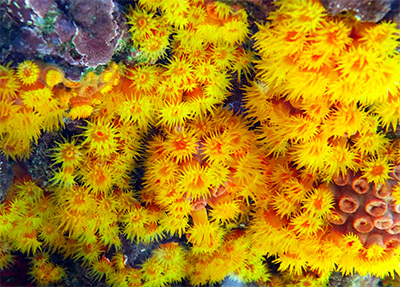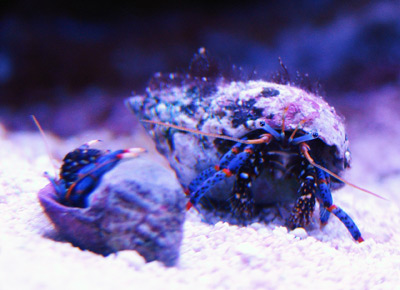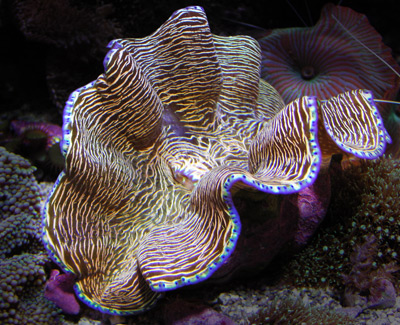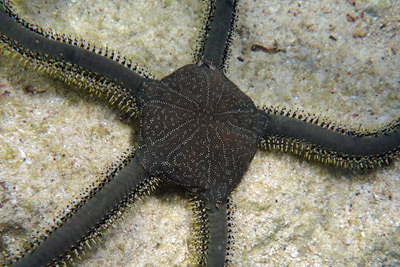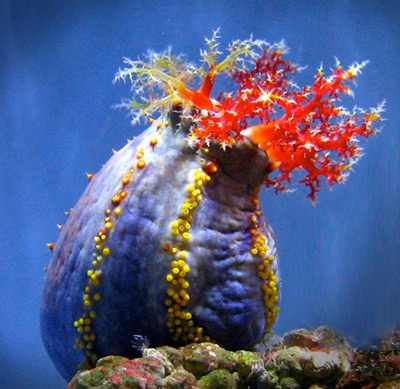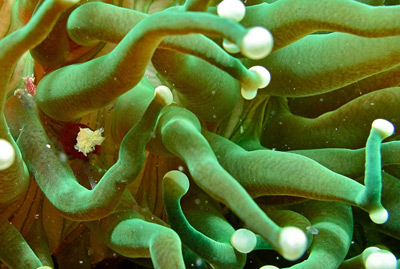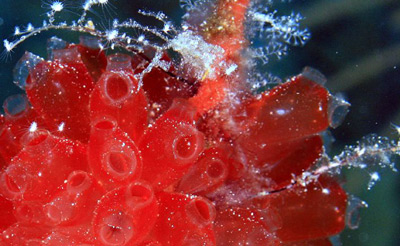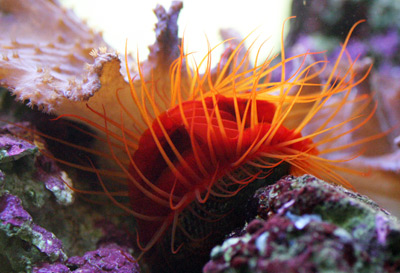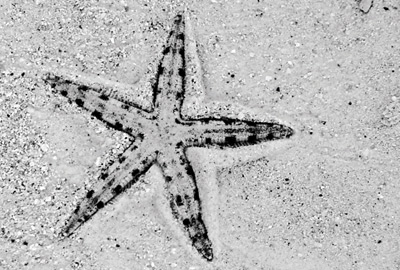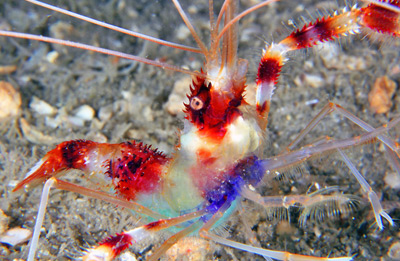When ascribed to the various species of the genus Tubastraea, the common name “sun coral” is both fitting and ironic. It’s fitting when you consider that the spectacular polyps of many Tubastraea species can quite justifiably be described as sun-like…
4 Crabby Caveats to Keeping Clibanarius tricolor
Clibanarius tricolor, the blue-legged hermit crab, is very commonly introduced to marine aquaria, either in conspecific groups or as part of a multi-species “reef janitor” package or “cleanup crew” (aka “CUC” for those who just can’t get enough of those…
Tridacna derasa: A Good Excuse to Clam Up!
Of all the Tridacna spp. clams available to hobbyists, perhaps the hardiest and easiest to maintain of them all is Tridacna derasa, the so-called smooth giant clam. This species is so smooth, in fact, that amorous, gold-chain-wearing male specimens have…
The Green Brittle Star: Little Fishy, Beware!
“Voracious predator” is not a term one commonly associates with brittle stars—that is, of course, unless the brittle star in question happens to be Ophiarachna incrassata, or the green brittle star (aka “the green death”). This bold species has a…
Sea Apples: Hazardous Holothurians Best Left to Advanced Hobbyists
In several posts here at Saltwater Smarts, I’ve mentioned that certain marine organisms routinely offered in the aquarium trade should come with a warning label—especially for novice hobbyists. In these cases, I’m usually referring to animals that are really gorgeous…
Anemone Lookalike: The Long-Tentacled Plate Coral
Easily mistaken for an anemone at first glance, Heliofungia actiniformis is a large-polyp stony (LPS) coral that can be an excellent option for reefkeepers with modest-sized systems. Even relative newcomers to the reefkeeping hobby can succeed with this species, provided…
Live Rock Hitchhikers: Tunicates (Sea Squirts)
Among the more fascinating creatures that commonly make their way into marine aquariums as stowaways on good-quality live rock are tunicates, or sea squirts. In terms of visual interest, these animals can be quite dazzling, with some exhibiting spectacular coloration…
Don’t Get Burned by Flame Scallops!
Mention beautiful bivalves for the marine aquarium, and the various tridacnid clams (the so-called giant clams) will probably come to mind. Likely, the flame scallops of the genus Ctenoides will too. However, while the tridacnids have a fairly decent survival…
Sand-sifting Starfish: A Job (too) Well Done!
If you’ve ever shopped for a marine aquarium cleanup crew, you’ve probably noticed that these packages often include so-called sand-sifting starfish—rather bland-colored, burrowing stars of the genus Astropecten that can reach about a foot in diameter. As their common name…


